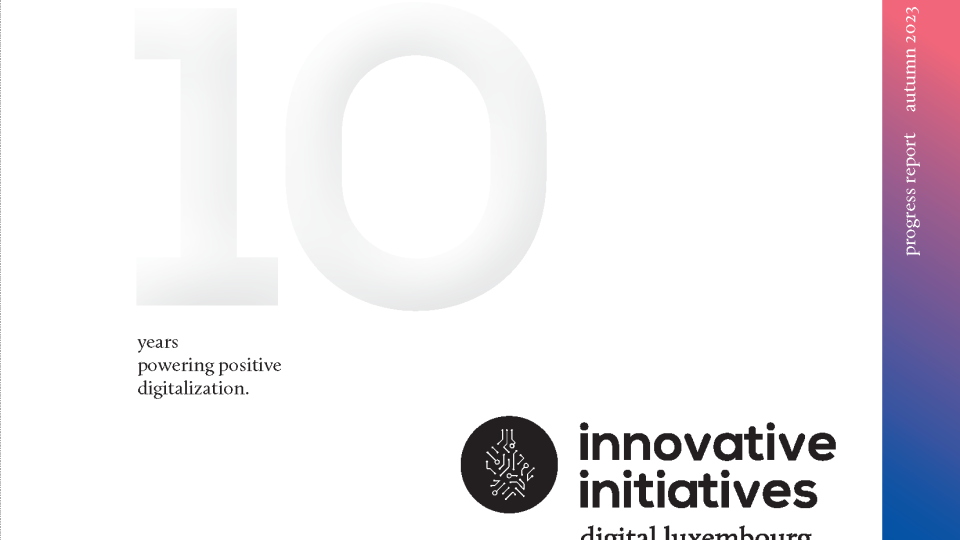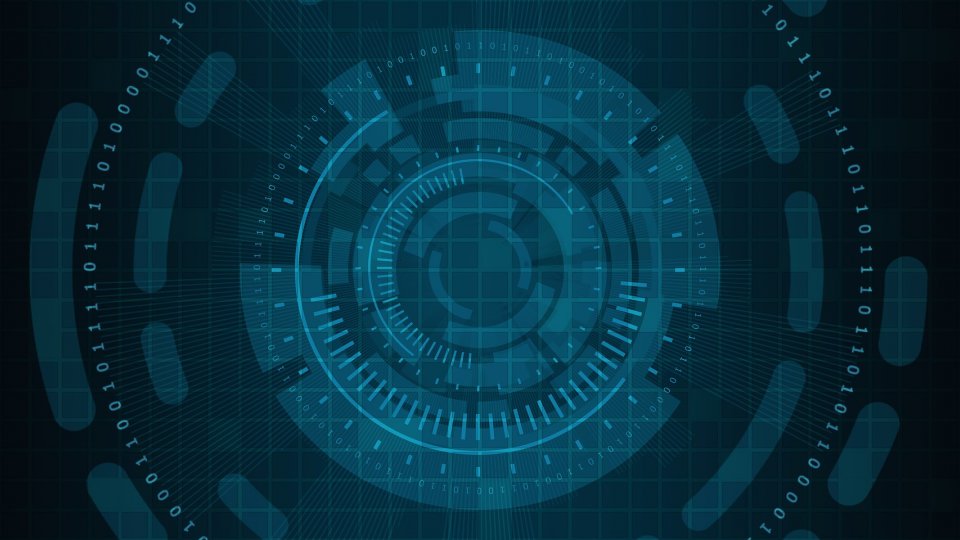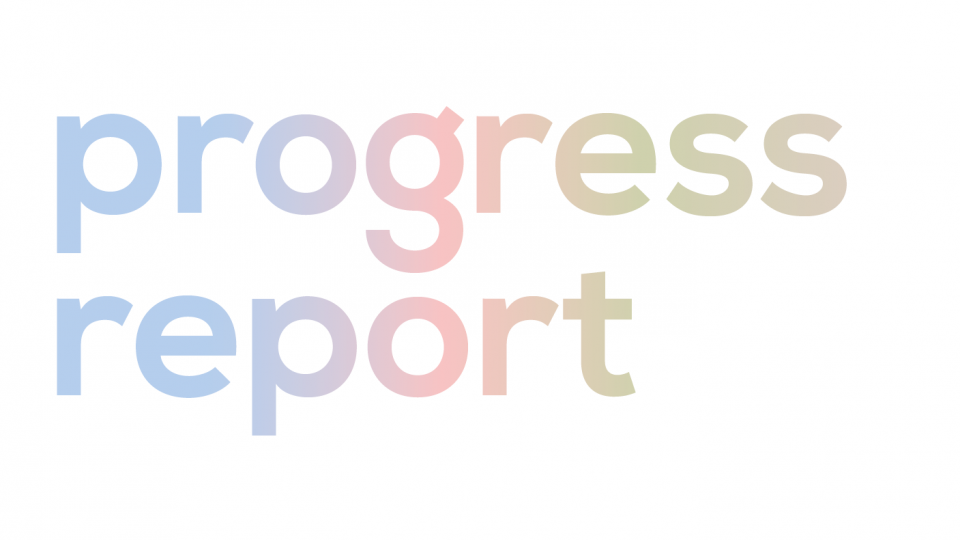From open data to digital services, the national library builds on tradition through innovation
For over 4,000 years, libraries have compiled knowledge in the form of parchment scrolls, papyrus sheets, clay tablets, leather-bound books and…data files.
Civilizations have come and gone, but the library has survived — a central pillar in ancient empires and modern societies alike. What has also lived on is their inaccurate reputation as observers of the past, not builders of the future
However, libraries, such as the National Library of Luxembourg (BnL), have pivoted, disrupted and innovated in ways that would make any modern-day startup proud. Their collective existence after all these millennia proves that.
“Libraries were the first to have online systems. We had an online catalogue in the late 80s before the World Wide Web was born. Now, almost everything is digital, ” explained Patrick Peiffer, Head of the Digital Library Consortium Department, BnL.
The BnL’s talking points reflect the times and the future: open data, digital humanities, data mining, digital technology…and the occasional mention of good old-fashioned books.
“According to the law, we are supposed to give access to our collection to the largest number of people possible, ” he said. “So, we are using the best means to do that.”
And those happen to be digital. (Today, the BnL has nearly as many ebooks as books.)
“It changes the way we work, but not our role, ” added Roxana Maurer-Popistașu, Digital Preservation Coordinator, BnL.
Since open data is the pinnacle of public access, the BnL pushes free datasets, APIs and tools via its dedicated open data portal (data.bnl.lu).
The team started small and kept adding, making it easier for researchers to access digitized newspapers without the copyright hassles, easily reference authority records or find relevant findings from other studies.
“The idea is to make our collections more visible to a greater audience, especially in the research domain, ” Roxana said. “In many big EU projects we see that data is only gathered from big countries. We want researchers to also use our collections.”
Ideally, those researchers will embrace the open data spirit and make their findings available to the public too.
The BnL first engaged in open data while supporting the online cultural heritage platform Europeana, which has nearly 60 million digital items.
“There, our main involvement was with licensing issues, which is key to the ‘open’ part of open data, ” she added. “To make sure it was available and reusable, we had to handle rights clearance and communicate these rights.”
Building upon that, they helped launch rightsstatements.org, hosted in Luxembourg. International projects like the Digital Public Library of America use the platform’s standardized rights statements to communicate a digital item’s copyright and reuse status.
Both open data and digitalization go hand in hand with collaboration. Through a consortium of institutions, BnL licenses digital content from publishers to offer its users.
“We collaborate on a national and international level. It wouldn’t make sense without collaboration and would go against our mission. We’ve always seen ourselves as service providers, ” added Juliane Schulze, Manager of the Digital Library Consortium Department, BnL
Whether in the mood for a thriller or on the hunt for a complex study, a-z.lu brings together the collections of more than 80 libraries in one place. Luxembourg’s international population can even find their hometown newspapers, from Portugal to Cape Verde, Italy and beyond, via the “pressreader” service.
One of the BnL’s newer tasks comes as the internet ages and websites and entire servers disappear. So, the library collects and saves old Luxembourgish websites to prevent a gap in 20th-century history.
The library’s upcoming temporary two-month closer during its relocation illustrates the power of digital: even when its physical location momentarily disappears, the library will remain digitally at your service, providing access to its online content.
When the BnL reappears in its new, modern Kirchberg facilities, visitors can expect wireless self-checkout, guided directions to their books via smartphone and welcoming spaces to work and read.
While this sophisticated library of today is a far cry from its ancestors, they share a core, timeless purpose: to give as many people as possible access to knowledge.
“In all this time nobody has found a good argument against libraries, ” Patrick explained. “Most would agree that they are a pretty good idea.”
A good idea that keeps getting better.







